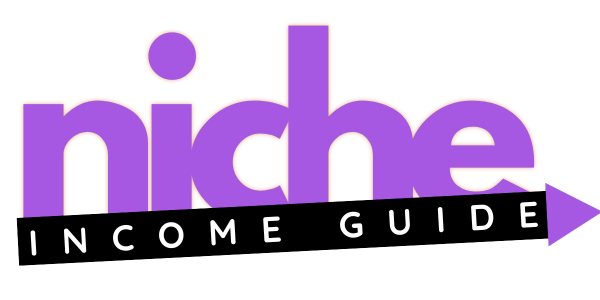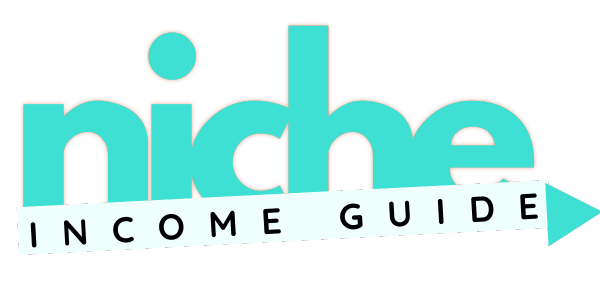Google processes over 8.5 billion searches per day, making it the undisputed king of search engines. But despite its popularity, the inner workings of its ranking algorithm remain largely mysterious.
While Google is notoriously secretive about the specifics, they do provide some valuable public resources—including a lengthy Search Quality Rater Guidelines manual. By thoroughly analyzing these guidelines, we can gain invaluable insight into how Google determines search rankings.
In this comprehensive post, we’ll dig deep into the key factors emphasized in Google’s guide to unravel the secrets of its algorithm. Master these principles to dramatically boost your site’s visibility and search traffic.
Table of Contents
Diving Into Google’s Search Quality Guidelines
Google employs an army of over 10,000 quality raters worldwide. Their job is to rigorously assess search engine results against a complex set of criteria laid out in Google’s Search Quality Rating Guidelines manual.
By rating sample search results, these evaluators provide crucial data that helps Google refine its ranking algorithms. The guidelines provide a detailed roadmap raters follow to judge the quality of pages.
So what’s actually in this 170+ page document? Let’s explore some of the main factors Google highlights:
- Comprehensive accuracy and depth of main content
- Strong indicators of expertise, authoritativeness, trustworthiness (EAT)
- A smooth, satisfying user experience
- Positive reputation signals
- Strict adherence to webmaster quality guidelines
While not a perfect formula, comprehensively analyzing these guidelines can provide an invaluable blueprint for optimizing your site for Google’s standards of quality.
Dissecting Google’s E-A-T Framework In-Depth
One of the core criteria emphasized extensively throughout the manual is Google’s E-A-T framework. E-A-T stands for:
- Expertise
- Authoritativeness
- Trustworthiness
Google introduced E-A-T in 2015 to encapsulate the attributes of high-quality information. The rater guidelines describe it as the very heart of Search—Google wants to prominently display results only from the most authoritative sources on a given topic.
Let’s break down each component of E-A-T more closely:
Expertise
Expertise evaluates the knowledge level and first-hand experience of the content creator. Are they established authorities and recognized experts on the specific subject they’re covering?
For instance, a page about Celtic mythology written by a PhD professor of Irish history would demonstrate significantly higher expertise than one created by a random blogger with no credentials.
Prominently displaying credentials, extensively citing sources, and getting content medically reviewed are powerful ways to convincingly showcase expertise, especially for YMYL (Your Money or Your Life) topics like health and finance.
Authoritativeness
Authoritativeness refers to whether the creator of the content is widely considered an authoritative or “go-to” source on the topic.
For example, searches related to a brand, product, or business should obviously return that company’s official website. If another site is somehow ranking instead, it likely lacks true authoritativeness.
Becoming the definitive resource and industry authority in your niche can help establish your site as highly authoritative in your space.
Trustworthiness
Trustworthiness is a broad quality encompassing elements like transparency, reputation, expertise, and more. Clear ownership, contact info, policies, and strictly non-deceptive practices are essential to building user trust.
However, Google notes that design and aesthetics also play a significant role. A dated, spammy-looking site will raise red flags regardless of other quality signals. The ideal is an authoritative yet highly accessible look and feel.
Implementing E-A-T Best Practices Comprehensively
Now that we’ve dissected the E-A-T framework in-depth, how can we apply these principles to optimally optimize our sites? Here are some comprehensive best practices:
- Publish detailed creator bios prominently highlighting relevant credentials
- Extensively cite trustworthy sources to back up claims
- Stick closely to niches where your brand is the undisputed authority
- Produce truly unique, high-quality content clearly showcasing expertise
- Choose a modern, polished website design that builds user trust
- Feature contact information and policies very prominently
- Actively generate numerous reviews and testimonials
- Strictly avoid manipulative practices like plagiarism or deceptive affiliate marketing
The more your content comprehensively exemplifies expertise, authoritativeness, and trustworthiness, the better aligned it is with Google’s ideals of quality.
Delivering a Seamless, Satisfying User Experience
Beyond fully optimizing for E-A-T, the guidelines also strongly emphasize the vital importance of an excellent user experience. Pages should be visually polished, easy to consume, and significantly enhance the searcher’s understanding of the topic.
Some best practices include:
- Use descriptive, relevant meta titles and detailed summaries
- Optimize page speed and overall performance
- Ensure a completely seamless experience on all mobile devices
- Include detailed alt text for all images
- Publish engaging multimedia content when appropriate
- Comprehensively test forms, calculators, or interactive tools
- Check ads are unobtrusive
Google wants results that don’t just “look good” on the surface—they should offer a smooth, satisfying experience that genuinely helps users. Avoid creating pages solely optimized for search engines without considering the real-world utility they offer.
Cultivating a Strong Positive Reputation
Your overall online reputation also factors into your website’s level of authoritativeness and trustworthiness. The rater guidelines state that raters should thoroughly consider:
“The reputation of the website, as well as the author…Raters must carefully consider reputation when it is important for a particular query.”
Positive mentions, influential expert reviews, major media coverage, and other strong external signals of reputation can significantly enhance a site’s perceived authoritativeness in Google’s eyes.
You can proactively build a powerful reputation by:
- Producing exceptionally high-quality content on a very consistent basis
- Running active PR campaigns to gain press mentions in leading publications
- Encouraging numerous customer reviews and testimonials
- Maintaining a frequently updated, highly professional-looking website
- Participating actively in engaging social conversations
- Securing backlinks from authority sites and references when possible
By methodically cultivating an outstanding reputation over an extended period of time, you can greatly boost your credibility and convince Google to rank your pages higher.
Closely Adhering to Google’s Technical Guidelines
Page quality goes far beyond your actual content itself. Google also closely evaluates technical site quality when determining search rankings.
Some key technical recommendations covered in their public Webmaster Guidelines include:
- Eliminating any broken links and 404 errors
- Enabling complete SSL encryption
- Dramatically improving overall site speed and performance
- Structuring schema.org data markup properly
- Producing fully mobile-friendly, responsive pages
- Strictly avoiding shady link schemes or other manipulative tactics
Make sure to regularly monitor your site with tools like Google Search Console and immediately eliminate any technical issues with Google flags. Tightening up your technical foundations across the board strengthens your quality signals.
The Critical Human Element In Google’s Algorithm
It’s easy to get caught up in the mechanics of reverse engineering Google’s guidelines. But at its core, the process involves real people (raters) closely evaluating the quality of results.
Google deeply understands that the human touch is still absolutely vital—even as its algorithms and AI capabilities rapidly advance. The most rewarding content must connect with human needs and provide true value.
No formula can fully capture the nuances of crafting content that deeply resonates with users. But by fully internalizing Google’s E-A-T principles and keeping the end-user experience firmly in mind, you can dramatically increase your chances of ranking higher.
Remember: comprehensively adhering to every guideline may slightly boost rankings, but crafting genuinely helpful content should be the top priority. When your goal is thoroughly serving people, increased organic traffic will naturally follow.
Deciphering the intricacies of Google’s algorithm may initially feel daunting. But methodically implementing these comprehensive best practices can help demystify the process. Thoroughly mastering the core quality signals emphasized in Google’s rater manual is crucial for taking your site rankings to the next level.
What are your key takeaways for substantially improving your website’s visibility? Let me know in the comments below!




